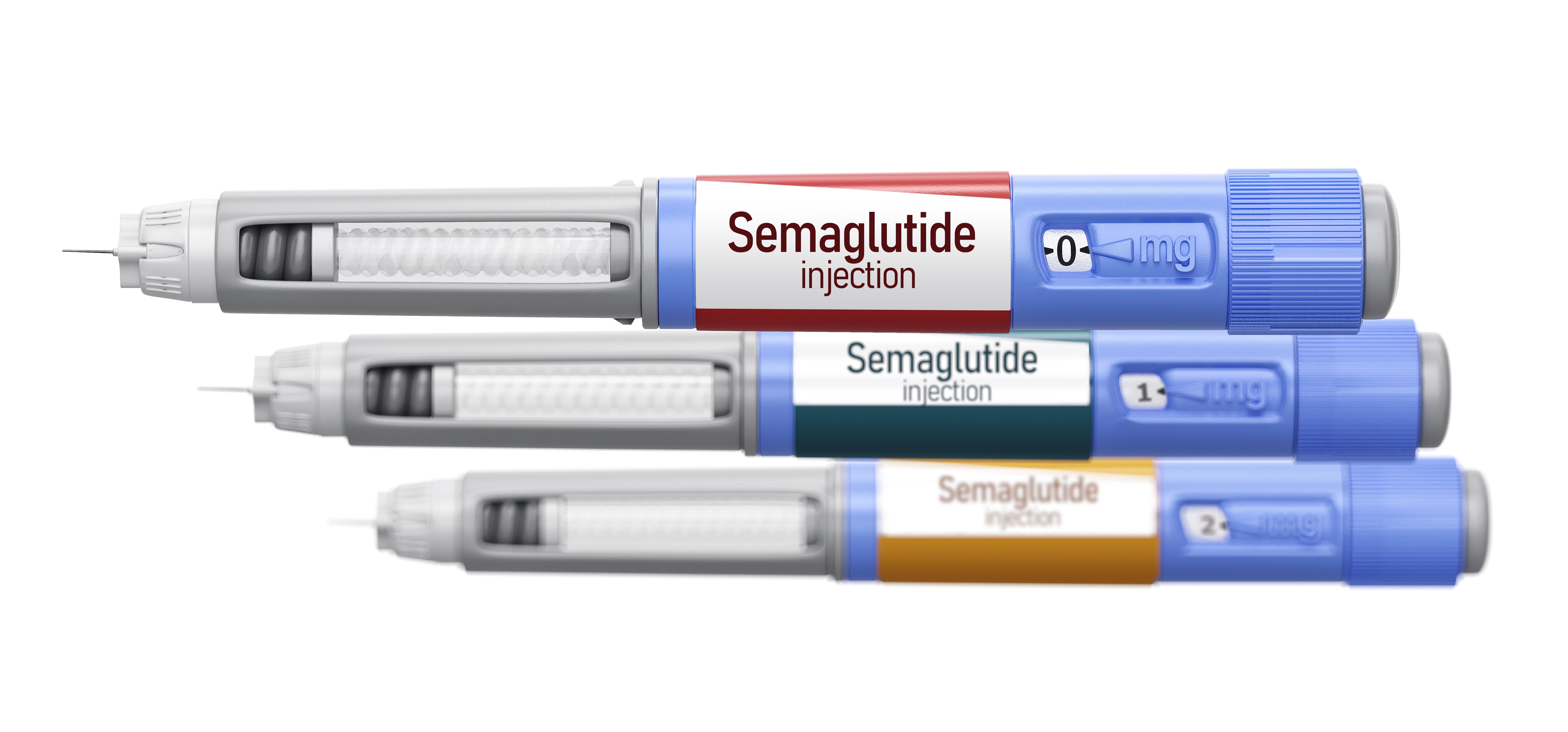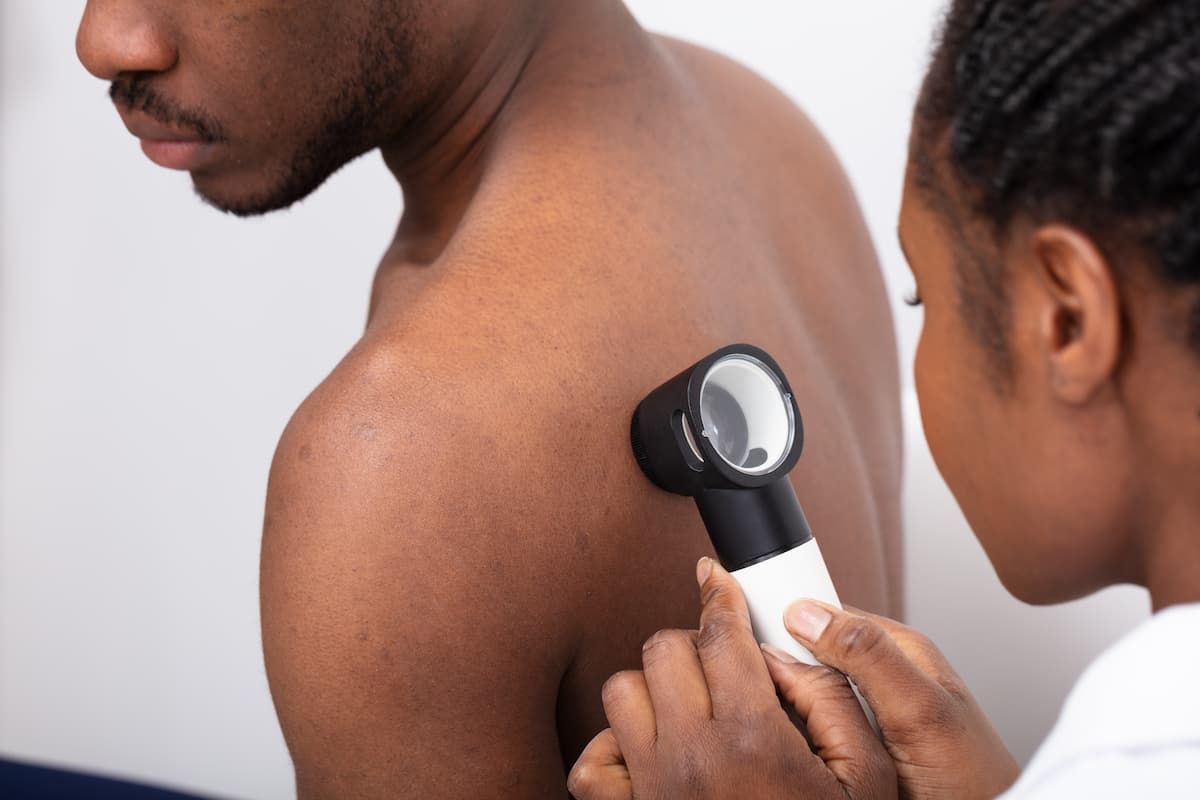Article
HS Associated With Multiple Comorbidities, Underreported, Says Review
Author(s):
Hidradenitis suppurativa (HS) is associated with multiple comorbidities and is underreported in developing countries, necessitating further research.
Patients with hidradenitis suppurativa (HS) have associated comorbidities like cardiovascular disease, type 2 diabetes, mental health issues, and sleep and sexual dysfunctions, according to a review in Clinical, Cosmetic and Investigational Dermatology.
This study was conducted because even though the disease burden of HS, including incidence and prevalence, has been extensively studied in the Western population, data from developing countries are lacking on HS epidemiology. The study author conducted a general literature review to highlight the epidemiology of HS all over the world.
“Hidradenitis suppurativa, a chronic inflammatory disease of the skin, affects a patient’s quality of life to a greater extent,” said the study author.
The newest available information on epidemiology was reviewed, including incidence, prevalence, risk factors, prognosis and quality of life, complications, and associated comorbidities in patients with HS.
Main results on the predicted worldwide prevalence of HS were found to be 0.00033% to 4.1%, with higher prevalence of 0.7% to 1.2% in European and US populations. Genetic and environmental factors are both connected to HS.
Hands of different skin tones form a circle

Epidemiology: Prevalence/Incidence
Depending on the population evaluated, different data collection methods and sources were used. Studies using registry-based sources reported a low prevalence of less than 0.1%. Conversely, studies based on self-reporting note a high prevalence of 1% to 2%. The most recent data from Western countries uncovered a surge in disease incidence. Prevalence and incidence in Germany were reported be o.03%. Women and those aged 30 to 40 years hada higher prevalence of HS. This discrepancy might be because of underreporting mild disease or misclassification or underdiagnosis of the disease.
Risk Factors or Determinants
Genetics and environment both play a crucial role in the disease pathogenesis, with evidence showing that 34% of first-degree relatives had HS, suggesting a genetic link. Also, males and females were affected by vertical transmission across several generations, showing the autosomal dominant disease inheritance.
Besides a genetic link, environmental factors may also be partially responsible for HS. A retrospective study of 45 patients found that 10 patients had reported mechanical irritation prior to the disease. It is also believed that HS is made worse by antiperspirant usage and friction.
“The role of bacteria in HS is a matter of debate,” said the study authors.
Bacterial growth in patients with HS has shown a high level of resistance to antibiotics, including those stated as an empirical choice in HS therapeutic guidelines.
“A targeted and specific antibiotic, determined by microbiological evaluations with prolonged culture periods, seems more appropriate,” they noted.
Lifestyle factors like smoking and obesity are associated with HS, and the literature suggests that 70% to 89% of the patients with HS are smokers, showing that tobacco might trigger HS. Like smoking, obesity might also be associated with HS.
Prognosis and Complications
HS can lead to serious complications, like squamous cell carcinoma (SCC), with a higher ratio found in males than females.
“The literature suggests that approximately 61% of patients with HS might have SCC in the perineum or buttocks and 48% of these patients did 2 years after being diagnosed with squamous cell carcinoma,” said the study author.
HS is also associated with multiple comorbidities, like autoimmune diseases such as ulcerative colitis, Crohn disease, and seronegative spondyloarthropathies. Additionally, endocrine disorders are linked with HS.
Future studies are necessary to review the burden of HS in developing countries and should rely on clinical diagnosis instead of self-reporting, the study author emphasized.
The data on the association between HS and other comorbidities were taken from large data sets, and the possibility for recall bias and lack of clinical information should not be overlooked and could limitations.
Quality of Life in Patients With HS
HS negatively impacts quality of life in different ways, such as pain, low self-esteem, itching, sexual dysfunction, and deteriorated mental health. Symptoms such as pain and itching can interfere with daily functions and sleep quality.
“In addition, the associated comorbidities such as anxiety, depression, and loneliness may affect the quality of life in these patients,” said the authors.
Lack of intimacy and sexual assault have also been reported, along with work absence.
“Since the disease tends to be underrecognized, future studies should rely on a clinical diagnosis rather than self-reporting to avoid the potential of recall bias. Attention needs to be diverted to developing countries with less amount of data on hidradenitis suppurativa,” the researcher concluded.
Reference
Alotaibi HM. Incidence, risk factors, and prognosis of hidradenitis suppurativa across the globe: insights from the literature. Clin Cosmet Investig Dermatol. 2023;16:545-552. doi:10.2147/CCID.S402453





